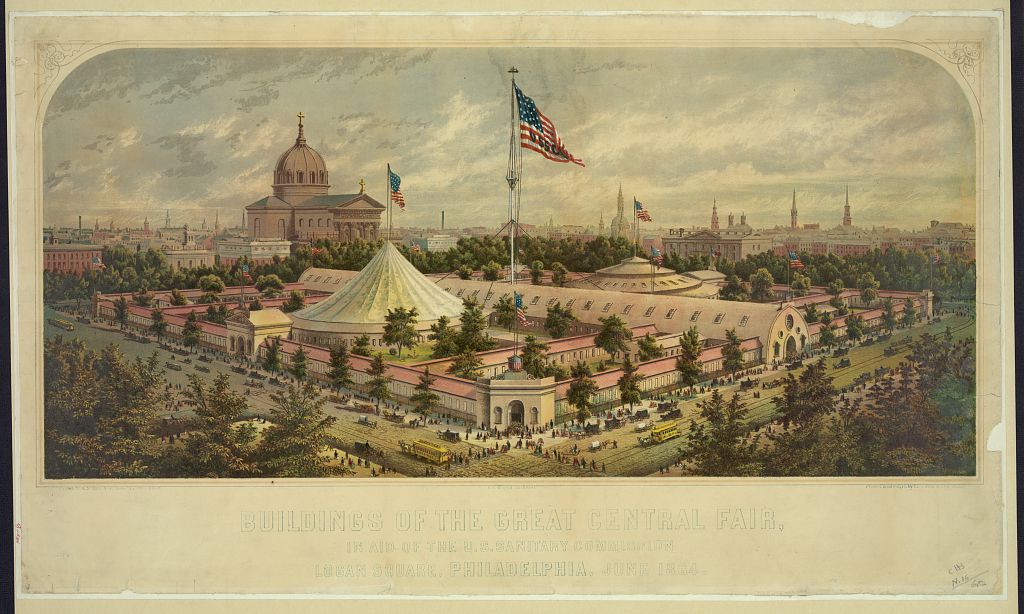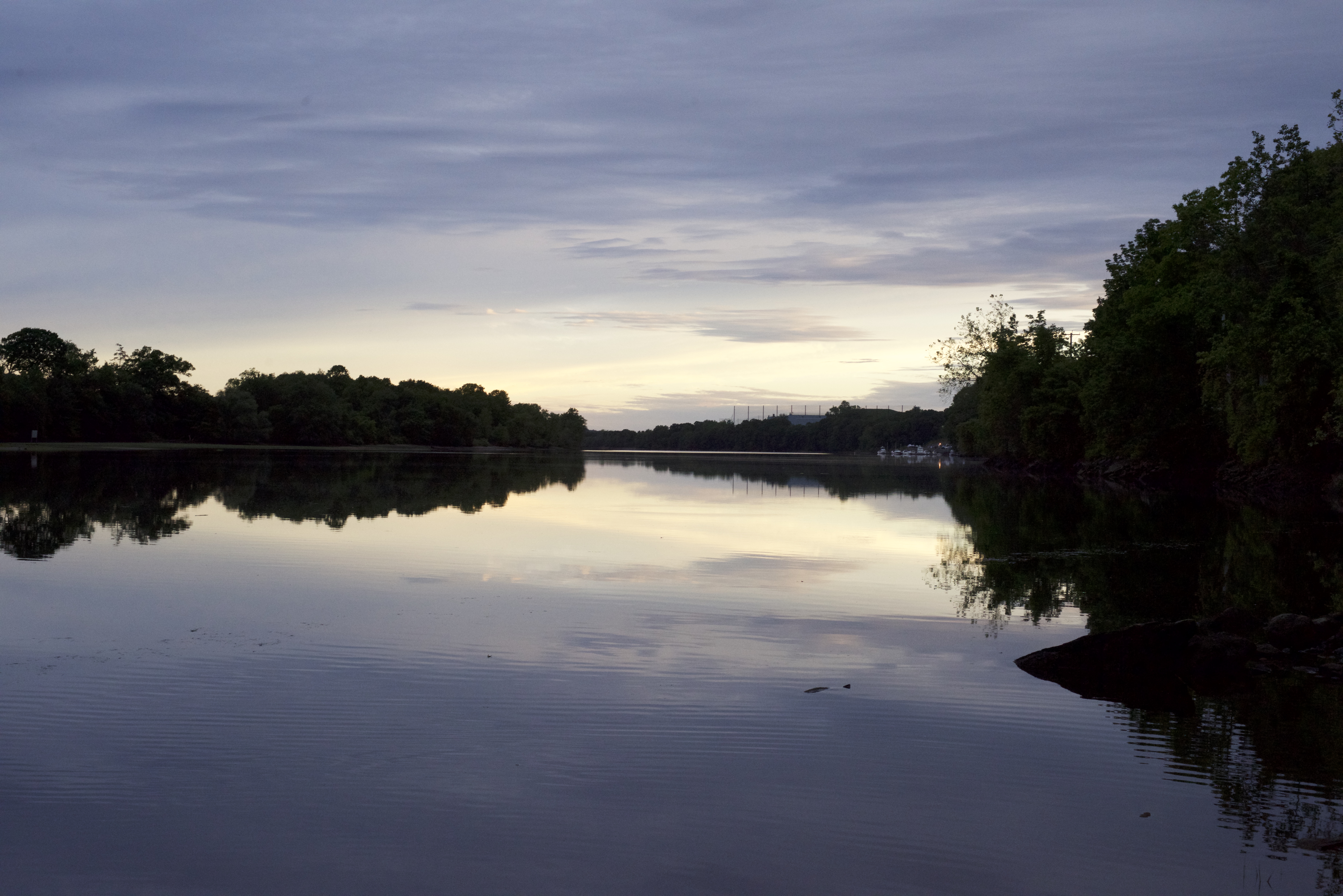|
Fidelia Bridges
Fidelia Bridges (May 19, 1834 – May 14, 1923) was an American artist of the late 19th century. She was known for delicately detailed paintings that captured flowers, plants, and birds in their natural settings. Although she began as an oil painter, she later gained a reputation as an expert in watercolor painting. She was the only woman among a group of seven artists in the early years of the American Watercolor Society. Some of her work was published as illustrations in books and magazines and on greeting cards. Early life Fidelia Bridges was born in Salem, Massachusetts, to Henry Gardiner Bridges (1789-1849), a sea captain, and Eliza (Chadwick) Bridges (1791-1850). She was orphaned at the age of fifteen when her mother and father died within months of each other. In 1849, Henry Bridges fell ill and was taken to Portuguese Macau, where he died in December. Eliza died in March 1850, just three hours before the news of her husband's death arrived in Salem. [...More Info...] [...Related Items...] OR: [Wikipedia] [Google] [Baidu] |
Oliver Ingraham Lay
Oliver Ingraham Lay (1845-1890), was an American portrait painter. Original art education in the United States. He traveled to Europe in 1860 he returned to the United States and began his professional career as an artist. There was a regular exhibitor Century Association and the National Academy of Design. Died June 28, 1890, in Stratford, Connecticut. He was buried at the New York Cemetery Cedar Hill Cemetery and Mausoleum. He was married to Hester Marian Wait Lay (1845-1900), they had a son - Charles Lay (1877-1956) - American architect. His works are in museum collections in the United States and England, including the National Academy of Design, the Smithsonian American Art Museum, Art Gallery of the Royal Shakespeare Theatre The Royal Shakespeare Theatre (RST) (originally called the Shakespeare Memorial Theatre) is a grade II* listed 1,040+ seat thrust stage theatre owned by the Royal Shakespeare Company dedicated to the English playwright and poet William Shakespe ... [...More Info...] [...Related Items...] OR: [Wikipedia] [Google] [Baidu] |
Lake George (town), New York
Lake George is a town in Warren County, New York, United States. The population was 3,578 at the 2000 census. The town is named after the lake, Lake George. The town surrounds the Village of Lake George. The town is part of the Glens Falls Metropolitan Statistical Area. History The first European to visit the lake was Father Isaac Jogues in August 1642. He was later captured by Mohawks, escaped, and returned home to France. In 1646, he was sent on a political mission to the Iroquois to propose a treaty of peace, and at that point named the lake "Lac du Saint Sacrement" (Lake of the Blessed Sacrament). In 1755, the lake was renamed "Lake George" by General William Johnson in honor of King George II. Lake George was also the site of Fort William Henry, named in honor of Prince William Henry, grandson of King George II, by General Johnson. The fort, its surrender to the Marquis de Montcalm after a six-day siege by the French and Indians, and the following massacre all in ... [...More Info...] [...Related Items...] OR: [Wikipedia] [Google] [Baidu] |
Royal Academy Of Arts
The Royal Academy of Arts (RA) is an art institution based in Burlington House on Piccadilly in London. Founded in 1768, it has a unique position as an independent, privately funded institution led by eminent artists and architects. Its purpose is to promote the creation, enjoyment and appreciation of the visual arts through exhibitions, education and debate. History The origin of the Royal Academy of Arts lies in an attempt in 1755 by members of the Society for the Encouragement of Arts, Manufactures and Commerce, principally the sculptor Henry Cheere, to found an autonomous academy of arts. Prior to this a number of artists were members of the Society for the Encouragement of Arts, Manufactures and Commerce, including Cheere and William Hogarth, or were involved in small-scale private art academies, such as the St Martin's Lane Academy. Although Cheere's attempt failed, the eventual charter, called an 'Instrument', used to establish the Royal Academy of Arts over a dec ... [...More Info...] [...Related Items...] OR: [Wikipedia] [Google] [Baidu] |
Scribner's Monthly
''Scribner's Monthly: An Illustrated Magazine for the People'' was an illustrated American literary periodical published from 1870 until 1881. Following a change in ownership in 1881 of the company that had produced it, the magazine was relaunched as ''The Century Magazine''. History Charles Scribner I, Andrew Armstrong, Arthur Peabody, Edward Seymour, Josiah Gilbert Holland, and Roswell Smith established Scribner & Co. on July 19, 1870, to start on the publication of ''Scribner's Monthly''. ''Scribner's Monthly'' absorbed the second incarnation of '' Putnam's Monthly Magazine of American Literature, Science and Art''. The first issue of the newly formed periodical was published in November of that year. In April 1881, Charles Scribner II sold his share of the Scribner & Co. company to Roswell Smith. The names of the magazine and the company were retooled, dropping mention of 'Scribner'; ''Scribner's Monthly'' was changed to ''The Century Magazine'' and Scribner & Co. was c ... [...More Info...] [...Related Items...] OR: [Wikipedia] [Google] [Baidu] |
Louis Prang
Louis Prang (March 12, 1824June 15, 1909) was an American printer, lithographer, publisher, and Georgist. He is sometimes known as the "father of the American Christmas card". Youth Prang was born in Breslau in Prussian Silesia. His father Jonas Louis Prang was a textile manufacturer and of French Huguenot origin; his mother, Rosina Silverman, was German. Because of health problems as a boy, Prang was unable to receive much standard schooling and became an apprentice to his father, learning engraving and calico dyeing and printing. In the early 1840s, Prang travelled around Bohemia working in printing and textiles. However, after some travel in Europe, he became involved in revolutionary activities in 1848. Pursued by the Prussian government, he went to Switzerland and in 1850 emigrated to the United States and Boston, Massachusetts. Early work Prang's early activities in the US publishing architectural books and making leather goods were not very successful, and he ... [...More Info...] [...Related Items...] OR: [Wikipedia] [Google] [Baidu] |
Centennial Exposition
The Centennial International Exhibition of 1876, the first official World's Fair to be held in the United States, was held in Philadelphia, Pennsylvania, from May 10 to November 10, 1876, to celebrate the 100th anniversary of the signing of the Declaration of Independence in Philadelphia. Officially named the International Exhibition of Arts, Manufactures, and Products of the Soil and Mine, it was held in Fairmount Park along the Schuylkill River on fairgrounds designed by Herman J. Schwarzmann. Nearly 10 million visitors attended the exposition, and 37 countries participated in it. Precursor The Great Central Fair on Logan Square in Philadelphia, Pennsylvania, in 1864 (also known as the Great Sanitary Fair), was one of the many United States Sanitary Commission's Sanitary Fairs held during the Civil War. They provided a creative and communal means for ordinary citizens to promote the welfare of Union soldiers and dedicate themselves to the survival of the nation, and the ... [...More Info...] [...Related Items...] OR: [Wikipedia] [Google] [Baidu] |
Housatonic River
The Housatonic River ( ) is a river, approximately long,U.S. Geological Survey. National Hydrography Dataset high-resolution flowline dataThe National Map , accessed April 1, 2011 in western Massachusetts and western Connecticut in the United States. It flows south to southeast, and drains about of southwestern Connecticut into Long Island Sound. Its watershed is just to the west of the watershed of the lower Connecticut River. History Indigenous history Indigenous people began using the river area for fishing and hunting at least 6,000 years ago. By 1600, the inhabitants were mostly Mohicans and may have numbered 30,000. The river's name is derived from the Mohican phrase ''"usi-a-di-en-uk"'', translated as "beyond the mountain place" or "river of the mountain place".Housatonic Valley Association. Cornwall Bridge, CT"History of the Housatonic Valley." Accessed 2015-10-1. It is referred to in the deed by which a group of twelve colonists called "The Proprietors" captured ... [...More Info...] [...Related Items...] OR: [Wikipedia] [Google] [Baidu] |
Stratford, Connecticut
Stratford is a town in Fairfield County, Connecticut, United States. It is situated on Long Island Sound at the mouth of the Housatonic River. Stratford is in the Bridgeport–Stamford–Norwalk Metropolitan Statistical Area. It was settled by Puritans in 1639. The population was 52,355 as of the 2020 census. It is bordered on the west by Bridgeport, to the north by Trumbull and Shelton, and on the east by Milford (across the Housatonic River). Stratford has a historical legacy in aviation, the military, and theater. History Founding and Puritan era Stratford was founded in 1639 by Puritan leader Reverend Adam Blakeman, William Beardsley, and either 16 families (according to legend) or approximately 35 families (suggested by later research) who had recently arrived in Connecticut from England seeking religious freedom. In 1639 the General Court in Hartford made reference to the town as the "new plantation at Pequannock". In 1640 the community was known as Cupheag, a ... [...More Info...] [...Related Items...] OR: [Wikipedia] [Google] [Baidu] |
Fidelia Bridges - Irises Along The River - Before 1923
{{Disambiguation ...
Fidelia may refer to: * Fidelia (given name) *Fidelia (pseudonym), common in the 18th century * ''Fidelia'' (bee), a genus of insects in family Megachilidae *''Scorzoneroides'' (formerly ''Fidelia''), a plant genus in the dandelion tribe See also * Fidelio (other) *Fidel (other) Fidel most commonly refers to: * Fidel Castro (1926–2016), Cuban communist revolutionary and politician * Fidel Ramos (1928–2022), Filipino politician and former president Fidel may also refer to: Other persons * Fidel (given name) Film ... [...More Info...] [...Related Items...] OR: [Wikipedia] [Google] [Baidu] |
National Academy Of Design
The National Academy of Design is an honorary association of American artists, founded in New York City in 1825 by Samuel Morse, Asher Durand, Thomas Cole, Martin E. Thompson, Charles Cushing Wright, Ithiel Town, and others "to promote the fine arts in America through instruction and exhibition." Membership is limited to 450 American artists and architects, who are elected by their peers on the basis of recognized excellence. History The original founders of the National Academy of Design were students of the American Academy of the Fine Arts. However, by 1825 the students of the American Academy felt a lack of support for teaching from the academy, its board composed of merchants, lawyers, and physicians, and from its unsympathetic president, the painter John Trumbull. Samuel Morse and other students set about forming "the drawing association", to meet several times each week for the study of the art of design. Still, the association was viewed as a dependent organizati ... [...More Info...] [...Related Items...] OR: [Wikipedia] [Google] [Baidu] |

.jpg)





.jpg)